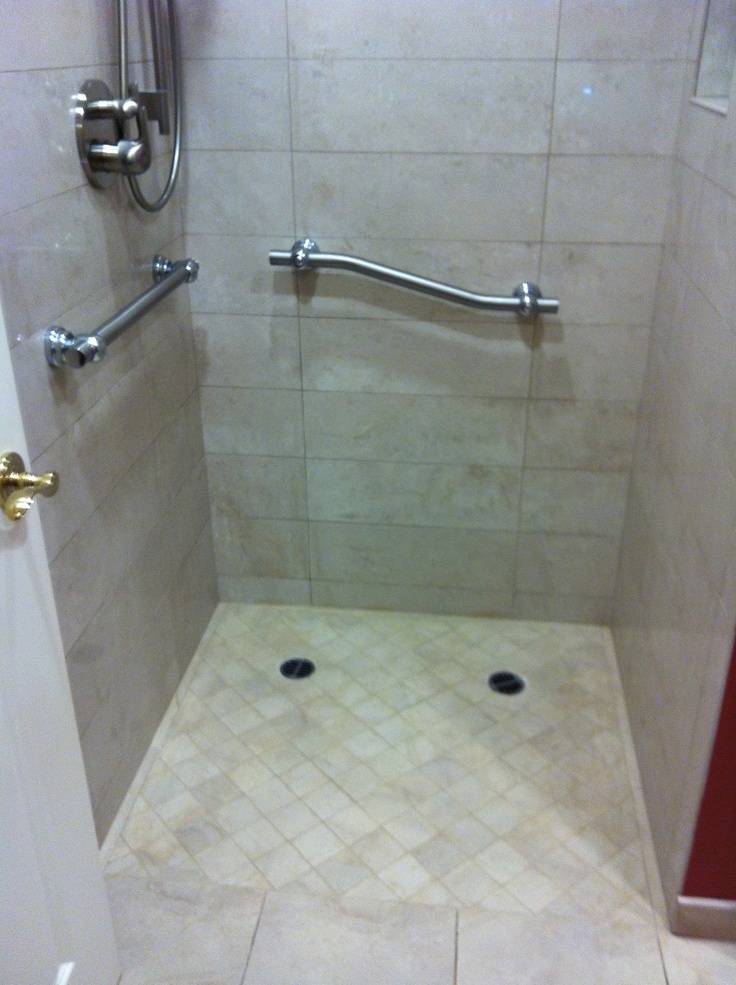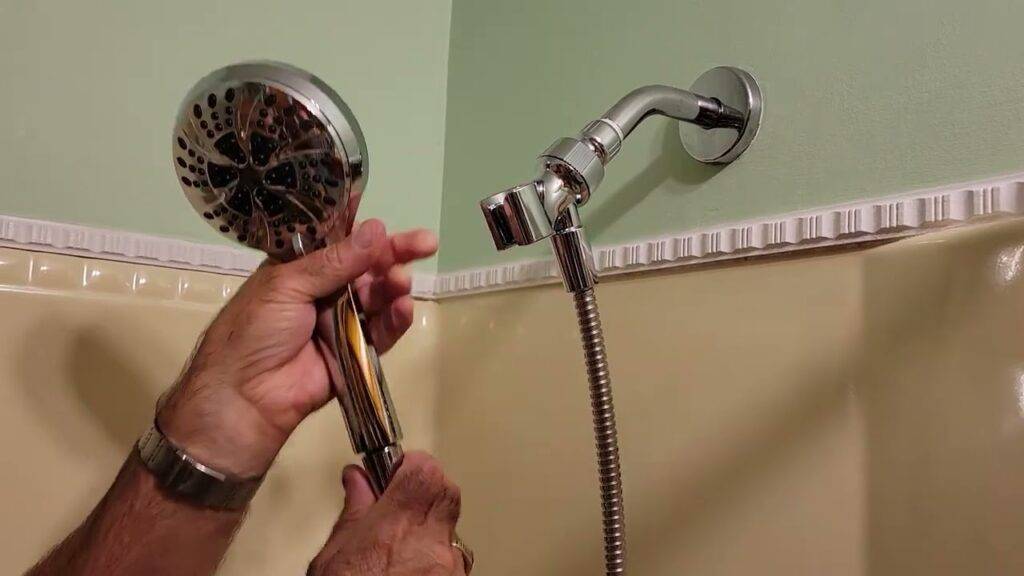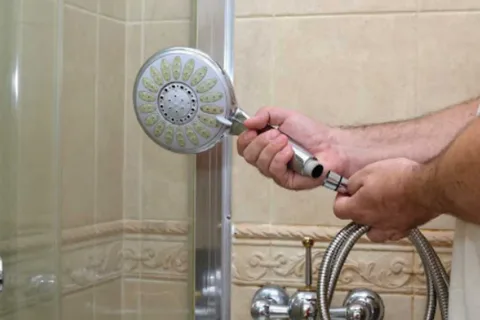Bathroom remodeling is one of the most impactful home improvement projects you can undertake. Not only does it improve comfort and functionality, but it can also increase your home’s resale value. If you’re considering a bathroom remodel, the first question on your mind is likely, “How much will it cost?”
The cost of a bathroom remodel varies widely based on your bathroom’s size, the materials you choose, and the scope of the project. In this guide, we break down costs, key factors, potential hidden expenses, and tips to maximize your budget.
1. Average Bathroom Remodel Costs
Bathroom remodels can range from simple updates to full-scale renovations. Here’s a breakdown:
- Minor Bathroom Remodel: $2,500–$10,000
Ideal for updating fixtures, painting, replacing the vanity, or upgrading lighting. - Mid-Range Remodel: $10,000–$30,000
Includes new flooring, cabinets, plumbing updates, and modern fixtures. According to the Journal of Light Construction (JLC), a mid-range remodel averages about $25,000 in 2024. - High-End Remodel: $30,000–$80,000+
Luxury remodels with custom cabinets, freestanding tubs, walk-in showers, radiant heating, and high-end finishes.
Pro Tip: Always budget an extra 10–20% for unforeseen expenses such as plumbing or electrical issues.
2. Factors That Affect Bathroom Remodel Costs
The cost of a remodel depends on several key factors:
- Bathroom Size—Larger bathrooms cost more due to more materials and labor.
- Scope of Remodel—Cosmetic renovations cost less than layout changes or structural updates.
- Material Quality—Luxury tiles, stone countertops, and high-end fixtures increase costs.
- Labor Costs—Hiring licensed contractors and skilled tradespeople adds to the budget.
- Plumbing & Electrical Work – Moving plumbing, adding outlets, or upgrading systems can be expensive.
- Design Features—Walk-in showers, two-person tubs, body-spray showers, and heated floors elevate costs.
- Location—Costs vary by region due to labor rates and material availability.
3. Average Costs for Common Bathroom Upgrades
| Project | Average Cost |
|---|---|
| Bathtub Installation | $215–$14,700 |
| Shower Installation | $390–$17,000 |
| Vanity & Cabinetry | $200–$10,000 per unit |
| Countertops | $1–$190 per sq. ft. |
| Faucets & Plumbing Fixtures | $170–$360 |
| Light Fixtures | $150–$930 |
| Radiant Floor Heating | $15–$60 per sq. ft. |
| Toilet Installation | $100–$1,000 |
| Vinyl or Laminate Flooring | $1–$14 per sq. ft. |
| Exhaust Fan Installation | $240–$1,000 |
4. Cost by Bathroom Type
Bathroom remodel costs also vary depending on the type of bathroom:
| Bathroom Type | Average Cost | Typical Timeline |
|---|---|---|
| Half Bath | $1,500–$15,000 | 5–7 days |
| Guest Bath | $3,500–$20,000 | 10–14 days |
| Primary Bath | $7,000–$30,000 | 15–25 days |
| Wet Room | $2,000–$30,000 | 10–30 days |
Insight: Costs per square foot typically range between $100 and $200, with wet areas (showers, tubs, walls, and floors) being the most expensive portion.
5. Hidden Costs You Should Consider
Many homeowners overlook these additional expenses:
- Permits: Required for plumbing, electrical, or structural changes. Costs vary by city.
- Disposal of Materials: Old fixtures, tiles, or demolition debris may need professional removal.
- Accessibility Upgrades: ADA-compliant showers, grab bars, or roll-in tubs add to the budget.
- Unexpected Repairs: Mold, water damage, or plumbing issues discovered during renovation.
Pro Tip: Set aside 20% of your budget for these unforeseen costs.
6. DIY vs. Professional Remodel Costs
DIY Bathroom Remodel
Pros: Saves labor costs, full control over schedule, personal satisfaction.
Cons: Takes longer, risk of mistakes, major plumbing/electrical tasks require professionals.
Professional Remodel
Pros: Faster completion, expert advice, warranty coverage, safer for major installations.
Cons: Higher upfront costs, temporary disruption to your home.
Expert Tip: Even if you DIY some tasks, consider hiring a professional for plumbing, electrical, or complex installations to save headaches.
7. Bathroom Remodel vs. Renovation
- Renovation: Cosmetic upgrades without altering the layout. Examples: painting, flooring, or replacing fixtures. Lower cost and often DIY-friendly.
- Remodel: Structural changes, layout adjustments, and major upgrades like showers, tubs, and cabinets. Requires professional contractors and a higher budget.
8. Benefits of Remodeling Your Bathroom
- Increase Home Value: Mid-range remodels can recoup around 70–75% of the cost in ROI.
- Improve Safety: Reduce hazards with updated layouts, lighting, and ADA-compliant features.
- Enhance Energy Efficiency: Low-flow toilets, LED lighting, and modern faucets save water and electricity.
- Add Storage: New cabinets, vanities, and shelving improve organization and functionality.
- Update Design: Modern fixtures, colors, and layouts create a stylish, inviting space.
9. Tips to Reduce Bathroom Remodel Costs
- Keep the existing layout to avoid expensive plumbing/electrical changes.
- Choose mid-range materials that are durable but affordable.
- Refinish existing fixtures like tubs or cabinets instead of full replacements.
- DIY simple tasks such as painting or installing accessories.
- Obtain multiple quotes from contractors to ensure competitive pricing.
10. Financing Options for Bathroom Remodels
Homeowners have several ways to fund their remodel:
- Home Equity Loans / HELOC: Borrow against home equity.
- Personal or Construction Loans: Shorter approval periods, good for medium-range remodels.
- Credit Cards: Best for smaller projects or partial payments.
- Cash: Simple and avoids interest payments.
Choosing the right financing method depends on your credit, budget, and remodeling scope.
Conclusion
A bathroom remodel is a significant investment in your home and lifestyle. With careful planning, understanding costs, and prioritizing your needs, you can achieve a modern, functional, and stylish bathroom while staying within budget.
Whether you’re updating a guest bath or transforming your master suite into a luxury spa, knowing the potential costs, hidden expenses, and best practices will help you make smart choices and maximize your investment.
FAQS:
1. How much does a mid-range bathroom remodel cost?
A mid-range bathroom remodel typically costs between $10,000 and $30,000, depending on the size of your bathroom, materials, and labor. This includes new cabinets, flooring, fixtures, and minor layout updates.
2. What factors affect bathroom remodel costs?
Bathroom remodel costs depend on several factors, including bathroom size, materials, labor, plumbing and electrical updates, design features, and your geographic location. Wet areas like showers and tubs are usually the most expensive part of the remodel.
3. Can I save money by doing a DIY bathroom remodel?
Yes, DIY projects like painting, installing cabinets, or replacing light fixtures can reduce costs. However, plumbing, electrical work, and complex layouts should be handled by professionals to avoid costly mistakes.
4. What is the average ROI of a bathroom remodel?
On average, a mid-range bathroom remodel recoups about 70–75% of its cost in return on investment (ROI). High-end remodels offer a lower ROI but can still increase home value and appeal to buyers.
5. Are there hidden costs in a bathroom remodel?
Yes. Hidden costs can include permits, disposal of old materials, accessibility upgrades, unexpected repairs, and labor for complex installations. It’s recommended to set aside 10–20% of your budget for these potential expenses.



